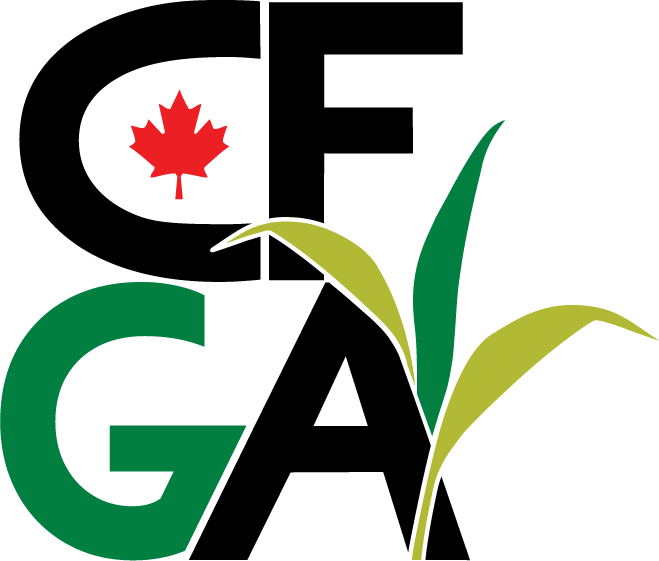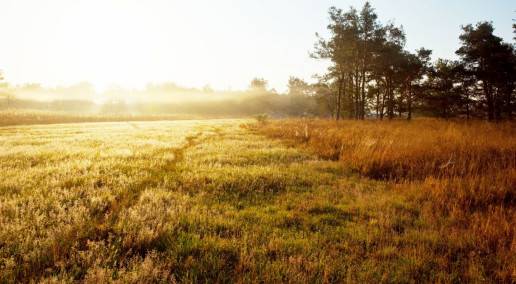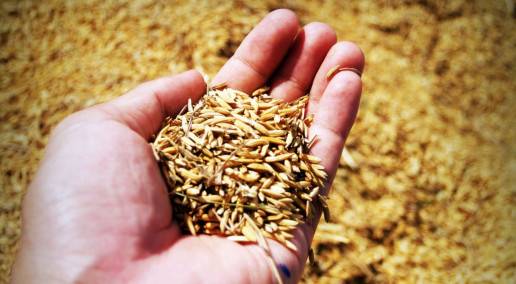During this session Jean-Philippe Laroche spoke about plans for a forage system on dairy farms.
Jean-Philippe Laroche joined the innovation and development team of Lactanet in 2020. Jean-Philippe is passionate about the subject of valorization of forages by ruminants. He is a member of l’Ordre des agronomes du Québec, and is known for his popularising skills and his interest in farm sustainability makes his work with producers very relevant. During his career, he has been involved in various applied research projects related to dairy cattle nutrition and forage production.
Without a plan farming is expensive and quality control and nutrition levels suffer. Financial loss considering five per cent land value increased in recent years and there’s excess waste land that could be used for profit.
Jean presented a solution via a three stage plan:
1) Know the starting point. By using charts and calculators farmers know how many days of forage they have in stock.
2) Determine needs. Quality and quantity must compliment ration and meet herds needs for protein, fibre, potassium, etc. Farmers should determine their needs with their Lactanet nutrition specialist.
3) Determine crop surface area needed to cultivate each component. Farmers need to determine yield to help identify field management decisions by calculating the cost of production, and comparing with other farms or using average yields in their region.
Farmers can also track bunker volume each month to allow for adjustments and to have advanced warning before running out.
Risk management is also important in maintaining stable forage yield. Diversity of forage crops helps protect against diseases and adverse conditions, like drought. The more species in a mixture the greater the yield, but farmers need to choose compatible species with similar maturity and competitive ability. An ideal mixture is three to five species in a mix.
Buffer stock is a safety net if we run short on silage but can be costly to maintain. It can cost roughly $1000 to keep excess from the previous year, but the cost of using a special area of field is higher at roughly $13,000. Best case scenario buffer stock comes from a year of excess.
Good planning, monitoring inventory and risk management strategies is key to good inventory levels, quality control, and cost efficiency.
Hyperlinks:
https://www.canadianfga.ca/staff/jean-philippe-laroche-12/
Back to Grace



Leave a Comment